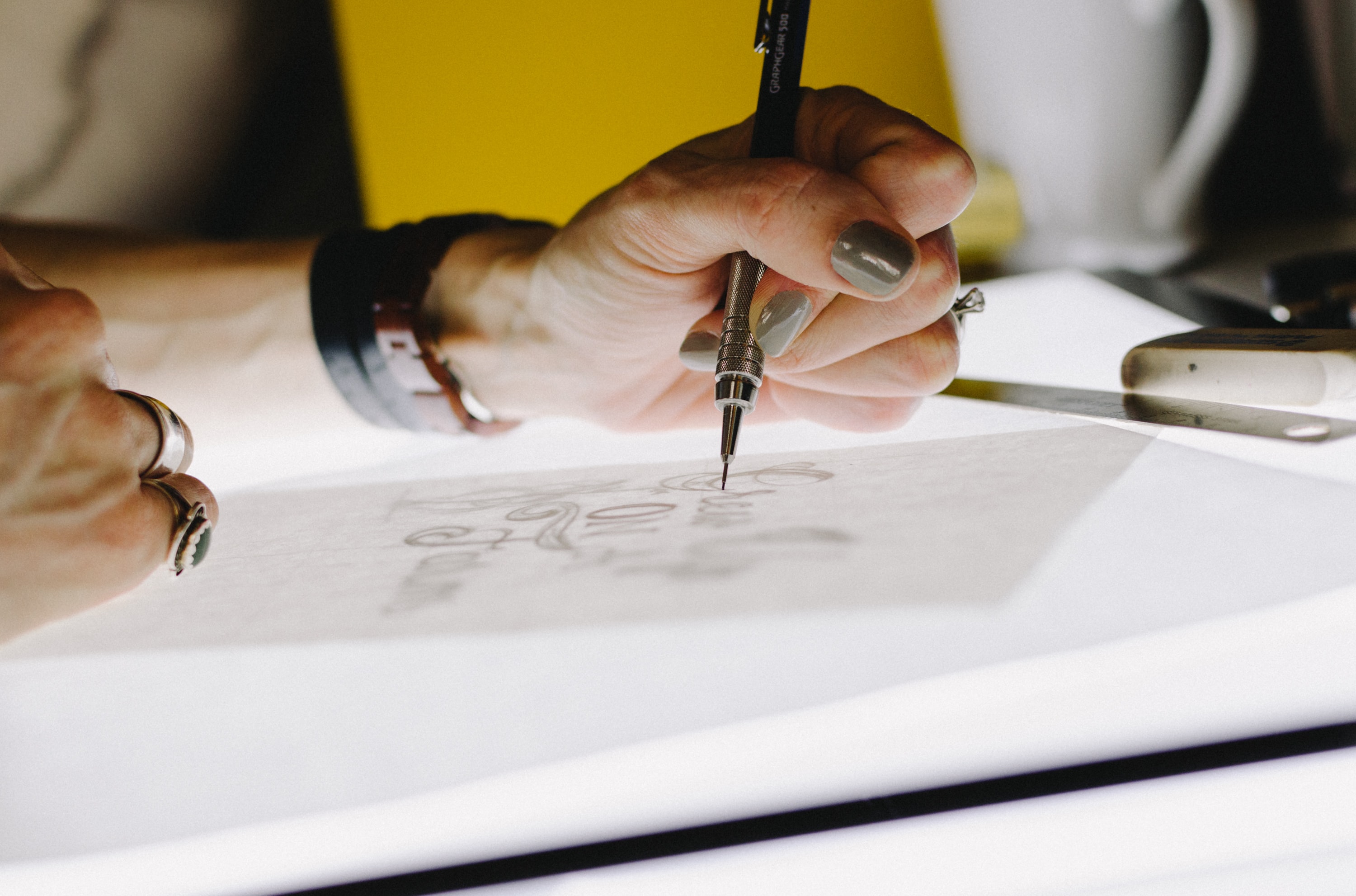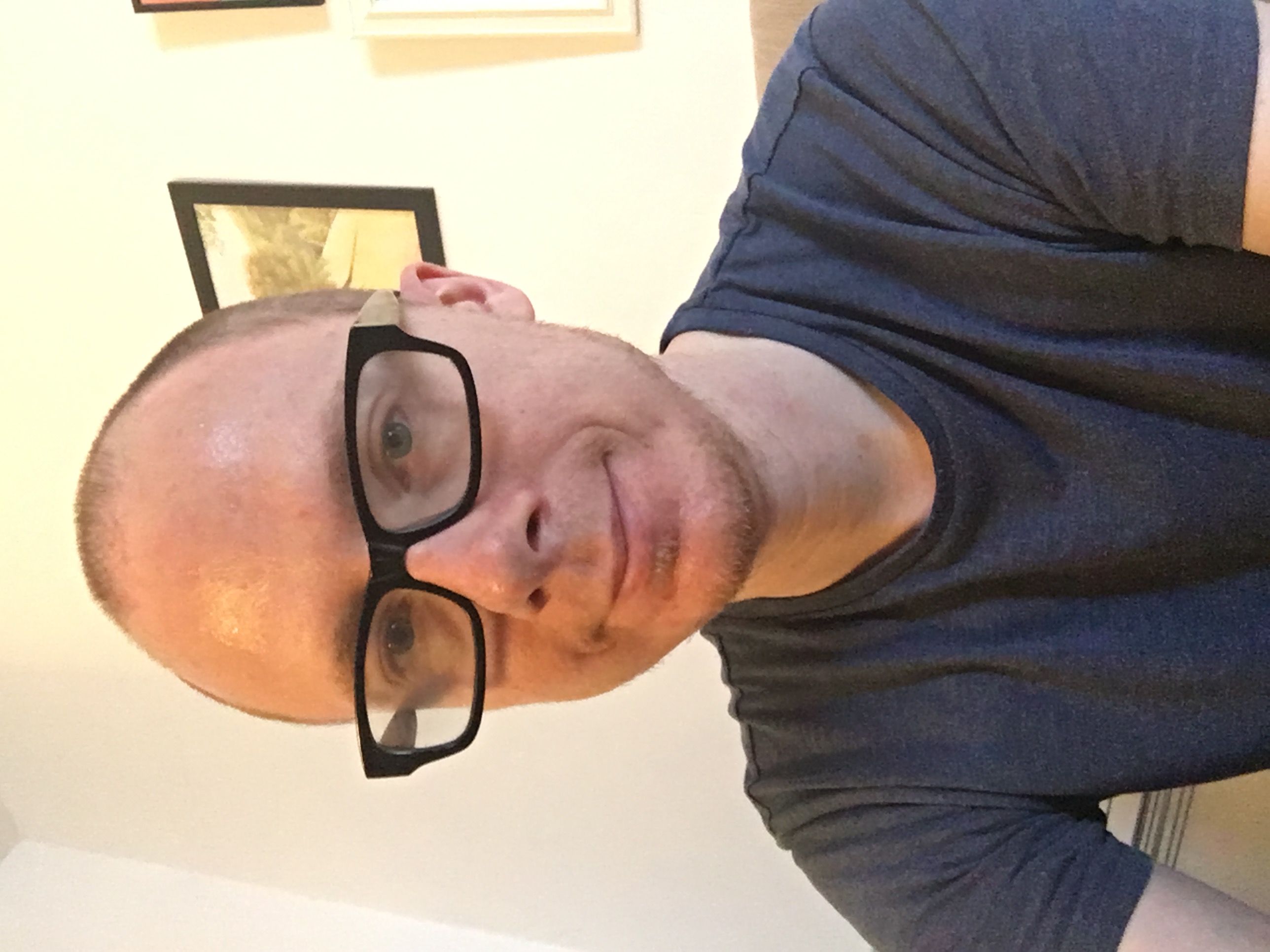Why Art and Therapy Complement One Another
Jun 4, 2020


Josh Hogan
Jan 22, 2025 10
- As a means of self-expression, art can help you work through complicated feelings or act as a soothing or meditative practice
- Therapist Josh Hogan explores his own relationship to art as therapy
- Our therapists and counsellors are available to work online during the lockdown - start your search here
I've used art and creativity all my life to express myself and make sense of the confusing vagaries of life. It wasn't until I began my counselling training that I realised art could be used as a powerful therapeutic tool. Expressing oneself and making sense of life are of course two important processes in therapy. When I began training I realised I had been doing a lot of therapeutic things without knowing it.
Art is used by all therapeutic schools for various purposes: to aid communication, to alleviate depression, to uncover hidden meanings and conflicts in the client's psyche. Although I have not been formally trained to use art in my own practice, I firmly believe in its value in relation to mental wellbeing and will promote it where it feels appropriate. The process of creating a piece of art is in itself a task that will often lead to a sense of achievement, something that cannot be underestimated for clients who feel disempowered in their lives. That said, there are always unhelpful internal scripts that can block this process and nullify any achievement. "It's not a perfect representation of what I was trying to say"; "It's nowhere near as good as what insert professional artist here can do"; "I'm not a real artist and I can't do that" - these are all things I've heard from clients as well as things I've told myself when attempting to get something going.
In this time of lockdown, it may seem as if there is ample time for budding artists to finally get the brushes and the paints out. Time to make a start on that masterpiece you've been thinking about for years; time to hone your talent and show it to the world. There is a sense that all this time at home must not be wasted, and if like me you've struggled to finish that magnum opus in normal times, now will seem like an ideal opportunity. Hence the feeling of pressure that was always there is increased: pressure to perform, pressure to prove yourself. Of course such pressure makes the production of any art difficult if not impossible. In the race to 'do something' with all this extra time it becomes paradoxically harder to do anything.
Why does art support our wellbeing?
Humans have created art for millennia, and its relationship to mental wellbeing must have been recognised for at least as long. There is something about creating something with meaning that allows the soul to be heard, and therefore healed. Whether it's a quick sketch, a meticulously fussed over painting, a sculpture, a piece of writing or music, creating something is like having a child, where you produce and care for something that may live on after you.
One of the early pioneers of art therapy in the US, Margaret Naumberg, stated that artistic expression "becomes a form of symbolic speech which leads to an increase in verbalisation in the course of therapy" Naumberg, 1953 . An increase in verbalisation is clearly important with all clients who struggle to express themselves normally. But the use of art in therapy has been found to have benefits for those with particular communicative disorders such as autism, schizophrenia, dementia, and PTSD. Patients in psychiatric institutions are frequently encouraged to use art where there is no other outlet.
Writing and drawing sketches are my two preferred forms of expression as an amateur artist. I love doing both, but the oddest aspect of creating art is the ebb and flow of inspiration. Sometimes I can't stop myself from putting pen to paper, there is so much to say; at other times the process is akin to getting blood out of a stone. There is seemingly no rhyme or reason to these shifting moods. I've always felt that I needed to be in the right mood to do anything creative, whilst being unable to describe exactly what that mood is. I suspect this is the same for a lot of artists, whether professional or amateur. Everyone's heard of writer's block. In my experience it's not just a cliched excuse for laziness, it's a real block that simply has to be waited out. Even writing this piece has involved much stopping and starting while I patiently wait for the right mood to carry me on.
I've explored my blocks in my own therapy and they invariably come back to those internal scripts that I mentioned earlier. When I hear clients read out those very same scripts to me, I understand I'm not alone in this experience. Then it gets a little easier to find the inspiration again. It could be said that the ultimate goal of therapy is to prove one is not alone - client embarks on a shared journey of self discovery and learns they are so much less unique and strange than they thought they were. I think art proves a similar thing. In shining a light on their inner world, the artist becomes a little less alone. Which is why art and therapy would appear to go together so well.
Josh Hogan is a verified welldoing.org therapist in London and online

Josh Hogan
Read further
